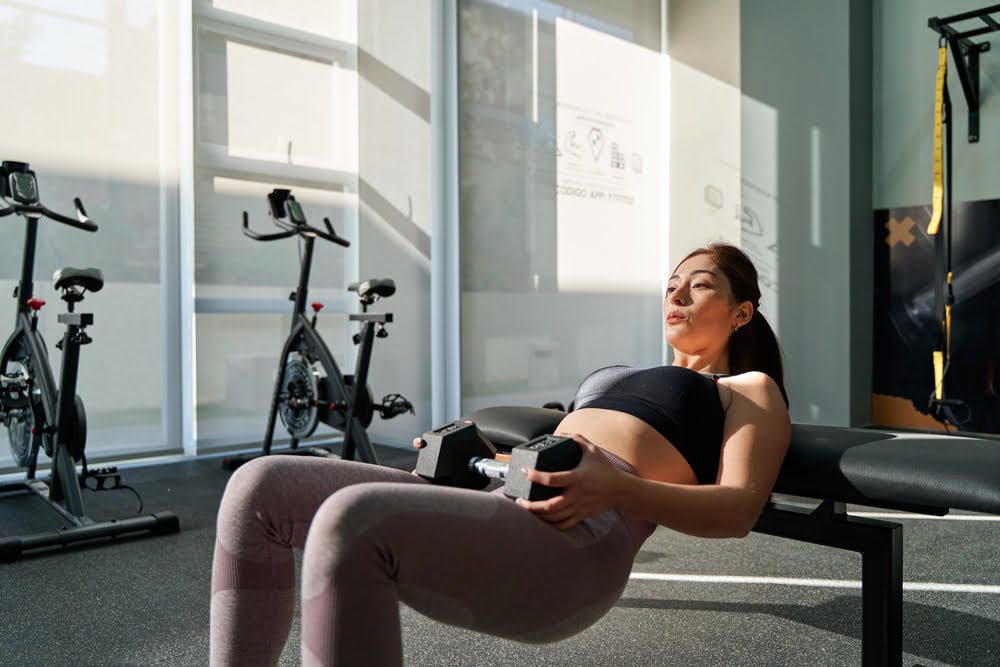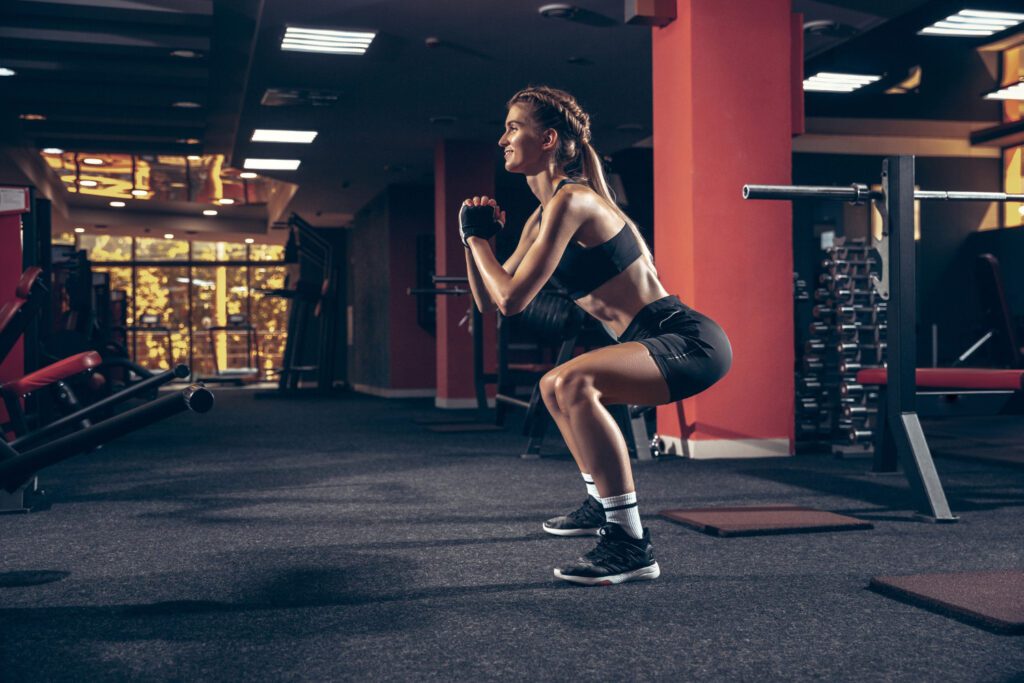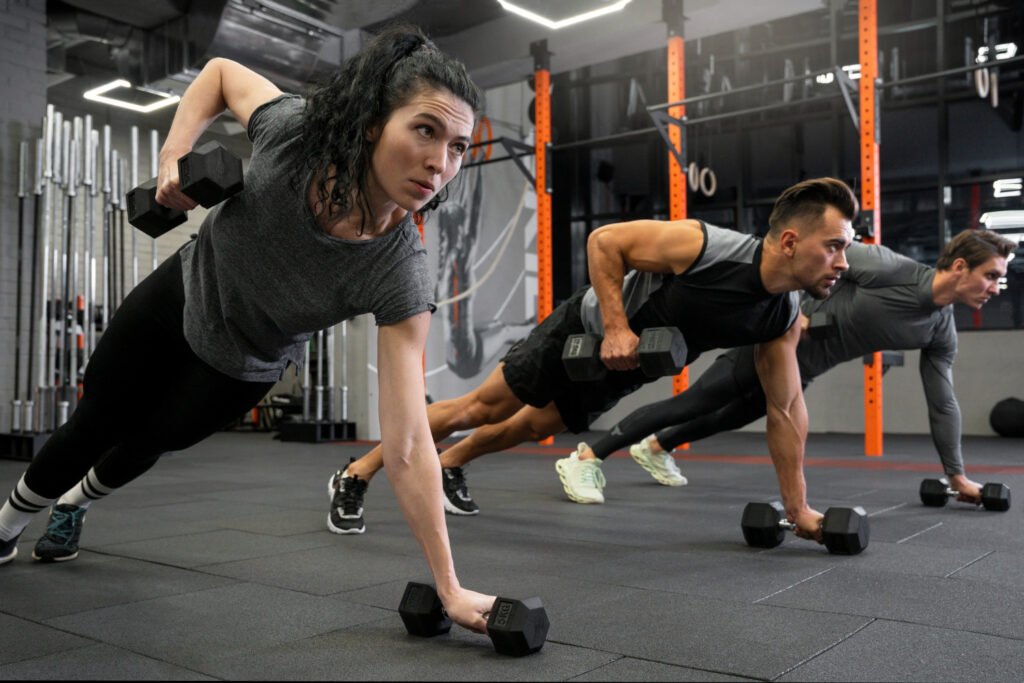The burpees has become one of the most hated and at the same time desired exercises by many of its practitioners. It is a sequence that represents what could be called a full body exercise. It has long been included in many sports as a basis for general physical preparation.
How To Execute Correct Burpees?
The correct execution of a burpee or soldier includes:
- lower body work through a full squat
- upper body work by performing a push-up on the floor
- intense cardiovascular component performing series of dynamic repetitions.
A complete exercise that involves muscular effort, postural control, coordination and resistance. The more demanding we are in the execution, the greater the intensity and benefits we will be able to generate.
The first thing we will see is how to perform a burpee from a technical point of view, focusing on correct execution and not on the number or speed of repetitions. A good job will allow us to make more demanding variants, or as I like to call them, “vitaminized”.
How To Do Correct Burpee?
In the starting position.
- We will find ourselves with our feet well supported on the floor, slightly more than hip-width apart.
- This is the position in which we will start the exercise and that we will look for at the end of the execution, with the knees in full extension and the arms at the sides of the body.
- We will keep our gaze forward and our back muscles active, which will allow us to maintain an upright position appropriate for the exercise.
- From here, and as a reference, we will mark three important basic positions that we must respect during execution and that will allow us to chain the movements in a correct and fluid way.
1. Full squat or squat position.
- In this position, your feet should continue to rest completely on the floor, your knees facing your feet, and your hands resting on the floor between your legs.
- We will respect the natural curvatures, keeping the spine in a neutral position and looking forward again.
- The shoulders should not extend more than slightly above the vertical of the hips.
Fatal error.
- The hands should not be too far forward with respect to the support of the feet .
- In this way, we will avoid a forced position in which the spine will almost inevitably collapse, causing excessive suffering to the lumbar area.
- It is the hips that descend by bending the knees and not the shoulders that are directed to the ground.
- Searching for the ground with our eyes will lead the spine towards a kyphotic position that is not recommended, so we will try to maintain a visual reference in front of us.
2. With a small jump we will move to a controlled plank position in prone support.
- In this second position it is essential to keep the core controlled , activating the muscles of the abdominal and lumbar area to work effectively and not turn it into a punishment at a structural level.
- As a reference, we will take a line that should be generated between the occipital, shoulders, hips and heels.
- It is important to feel that the shoulder support is above the wrists and not behind. This will allow us to recover a correct squatting position.
- Feet too far back and the shoulder out of support will make it difficult for the feet to approach the hands in the recovery phase, forcing poor back posture with the consequent risks of muscle or even joint injury.
3. As a third position, we will perform the explosive hip extension with a jump.
- Full extension of the hip will also involve the gluteal muscles to a greater extent.
- During the jump up, we will accompany the movement with our arms to generate greater momentum and we will maintain a correct position of the back, activating the abdominal muscles without allowing the arms to exceed the vertical of the head.
- In this way, we will control the exercise to be able to link it correctly and not lose control during the execution.
Bottom Line.
Burpees are a highly effective and versatile exercise that targets multiple muscle groups and can be easily incorporated into any workout routine. They provide a great cardiovascular workout, help improve strength and endurance, and can be modified for individuals of all fitness levels. By regularly incorporating burpees into your exercise routine, you can see significant improvements in your overall fitness and health. So, don’t be intimidated by the intensity of burpees – embrace the challenge and reap the benefits of this dynamic exercise.

 Workout
Workout
 Meditation
Meditation





 Contact Us
Contact Us












